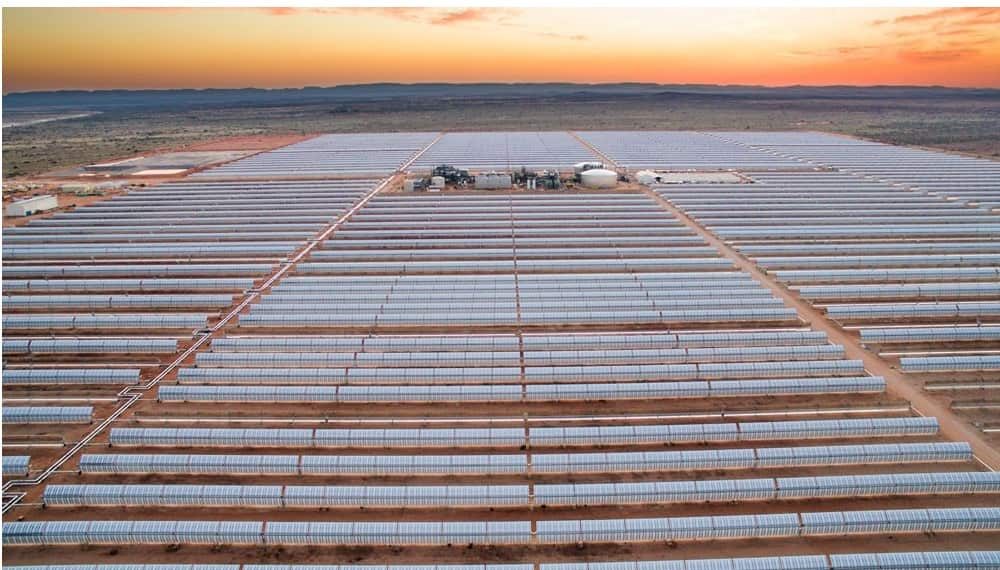The Biden administration has gone on to announce more than $80 million in funding on April 20 so as to push solar panel production across the US and thereby make solar energy available to as many people as possible and also pursue superior options to the ever-present sparkly panels that are made up of silicon.
It is well to be noted that community solar happens to be a range of arrangements where renters as well as people who do not have any control over their rooftops can still go on to get their share of electricity by way of solar power. A couple of weeks ago, the vice president of the United States, Kamala Harris, made the announcement of what the administration called the largest community solar effort that ever took place in the US.
They are now all prepared to spend $52 million across solar projects in 12 states, which includes $10 million from the infrastructure law and $20 million on technologies that aid in helping to integrate solar electricity into the grid.
The department of energy has already gone on to select 25 teams so as to participate in the $10 million competition that is pacing up the efforts when it comes to solar developers that work on community solar projects. The Inflation Reduction Act already offers incentives to build large solar generation setups, like the renewable energy tax projects. However, White House national climate advisor Al Zaidi said that the new finances aim to meet the country’s climate objectives in such a way that they go on to benefit more communities.
Zaidi added that it is indeed lifting up their workers as well as communities, and this is what really excites them about the work. It presents a chance not only to tackle the climate objectives but also to bring economic opportunity across every zip code in America. The investment will not only aid the public save on its electricity bills but will also help in making the electricity grid more trustworthy, robust, and secure, opined the energy department’s solar energy technologies office director, Becca Jones-Albertus.
She said that she is particularly excited when it comes to supporting community solar projects, as half of Americans do not live in a scenario where they can purchase their very own solar power to put on their roof. The executive director of the ICF Climate Centres, Michael Jung, opined that the solar community can help in addressing equity concerns because most of the current solar rooftops go on to benefit the homes of single families.
According to Jones-Albertus, in typical community projects, households can go on to invest or subscribe to be part of a bigger solar array offsite. What they are doing here is making efforts to unlock the community solar market. The US happens to have 5.3 GW of installed community solar capacity at present, and the objective is that by 2025, a total of 5 million households will have it, which is almost three times as many as there are today, thereby saving $1 billion in electricity bills.
The fresh funds also help in the investment in next-gen solar tech, which is intended to get more electricity from the same amount of solar panels. At present, only around 20% of the sun’s energy gets converted into electricity when it comes to crystalline solar cells, which are what the majority of the solar panels are made up of. There indeed has been much hope when it comes to higher efficiency, and the recently made announcement adds more money to the two options: perovskite as well as cadmium telluride solar cells. As per Zaidi, this will allow the US to be the innovation engine that goes on to tackle the ever-growing climate challenge.







































